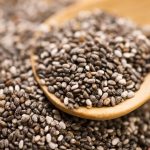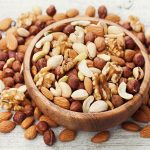
It may still be winter, but it’s never too early to plan for your kids’ summer camp. And now’s the time to think about preparing them to handle allergies and allergic reactions, according to experts at the American College of Allergy, Asthma and Immunology (ACAAI). “Kids who suffer from seasonal allergies, food allergies or asthma also wonder about their health. For them, additional preparation is necessary to keep them safe and happy, so they can enjoy their time away from home,” ACAAI president Todd Mahr, said in a college news release. The ACAAI has five tips to help make the summer camp experience a great one. If your child suffers from asthma or food allergies, consider sending him or her to a camp that specializes in these conditions. Specialty camps can have trained staff who know how to treat asthma and allergies. You can search the internet for camps that focus on your child’s needs. Before sending your child off to camp, consult with your allergist and make sure prescriptions are up-to-date and your child has everything needed to treat their allergies or asthma. The allergist can also provide a plan to share with the camp. Be sure the camp’s staff is prepped on your child’s allergies and asthma. They should know if asthma makes some activities difficult. Be sure the medical staff knows about… read on >


































